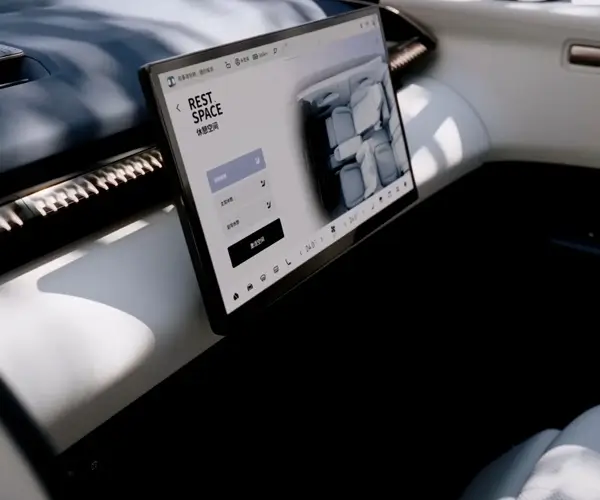Imagine a world where machines move with the smoothness of a ballet dancer, the precision of a surgeon’s hand, and the efficiency of a well-oiled machine. This isn’t just a scene from a sci-fi movie—it’s the everyday reality made possible through advancements in motor technology, notably the brushless DC (BLDC) motor combined with the ingenuity of Arduino-driven control systems.

At the heart of many robotic applications, drone flight stabilizers, high-performance RC vehicles, and automated manufacturing lies the BLDC motor. Unlike traditional brushed motors, which rely on brushes to commutate electrical power, brushless motors use electronic controllers to switch current in the motor windings, resulting in cleaner operation, higher efficiency, lower maintenance, and a longer lifespan.
Why Brushless DC Motors?
The advantages of BLDC motors aren’t just technical niceties—they represent a paradigm shift in motor design and performance. Their high power-to-weight ratio means they deliver more torque for less weight. They are also capable of sustaining high rotational speeds without overheating, which makes them ideal for applications demanding precision, power, and reliability.
Furthermore, the electronic commutation in BLDCs allows for sophisticated control strategies. Unlike brushed motors, whose speed and torque are limited by the physical contact between brushes and the commutator, BLDCs can be finely tuned via software, adapting dynamically to different load conditions or operational goals.
Enter the Servo: Controlling Motion with Precision
A servo motor isn’t just a simple motor—it’s a complete control system designed for accurate position, velocity, and acceleration control. When you pair a BLDC with a servo controller, you gain the ability to command specific angles or positions with high accuracy—crucial for robotics, CNC machinery, camera gimbals, and more.
Servo systems typically include a feedback mechanism, such as encoders or Hall sensors, which constantly inform the controller about the motor’s position. This feedback loop allows the system to correct any deviation from the desired position and achieve extraordinary levels of precision.
Why Use Arduino?
Arduino, the popular open-source microcontroller platform, acts as the brain of this setup. Its simplicity, versatility, and vast community support make it an excellent choice for hobbyists and professionals alike. Using Arduino, you can craft custom control algorithms, integrate sensors, and modify motor behavior on the fly—offering a level of control and experimentation that’s hard to match with proprietary systems.
The combination of a brushless DC motor, a dedicated servo system, and Arduino’s programming environment opens a universe of possibilities. Whether you’re building a quadcopter, a robotic arm, or a smart camera system, this triad empowers you to develop smooth, precise, and efficient control solutions.
Building Your Own Brushless DC Motor Servo System
Getting started might seem daunting, but it’s more approachable than you think. First, selecting the right BLDC motor for your project is key. Consider the torque, speed, and size requirements. Next, choose an appropriate electronic speed controller (ESC) designed for BLDCs—these controllers manage the commutation electronically and often have built-in features for sensor feedback.
You’ll also need a feedback sensor, such as a hall sensor or an optical encoder, that communicates with the ESC or directly with Arduino. This sensor data feeds into your control algorithm, enabling your system to respond dynamically to changing conditions or commands.
Once your hardware is in place, programming your Arduino becomes the next critical step. You’ll write code that interprets user inputs or sensor data, processes control algorithms (like PID controllers), and sends signals to the ESC to adjust motor commands. As you refine your code, the motor’s movement becomes more accurate and responsive.
Applications and Future Possibilities
The synergy of BLDC servos controlled by Arduino is already transforming industries. For instance, in robotics, these systems provide the backbone for articulate joints and precise manipulator arms. In drones, they enable stable flight and agile maneuvers. Hobbyists use them to create automated model cars, robotic pets, and interactive art installations.
Looking forward, advances in sensor technology, machine learning integration, and power electronics promise even smarter, more autonomous systems. Imagine a robot arm that not only positions itself with pinpoint accuracy but also learns and adapts to new tasks—powered by the elegant combination of brushless motors and Arduino-based control.
But perhaps the most exciting part of this journey is igniting your own creativity. With just a few components and a bit of code, you’re capable of unleashing complex motion control that once required expensive, proprietary systems. Whether you’re a seasoned engineer or a curious beginner, the world of brushless DC motor servos with Arduino invites you to experiment, innovate, and push the boundaries of what’s possible.
Kpower has delivered professional drive system solutions to over 500 enterprise clients globally with products covering various fields such as Smart Home Systems, Automatic Electronics, Robotics, Precision Agriculture, Drones, and Industrial Automation.




































